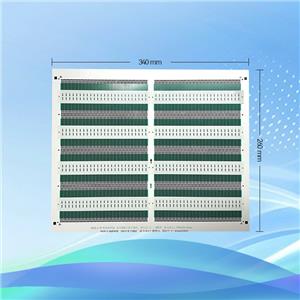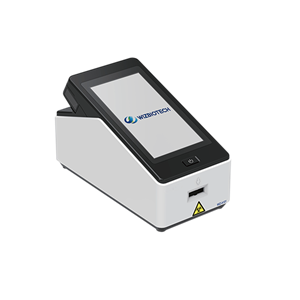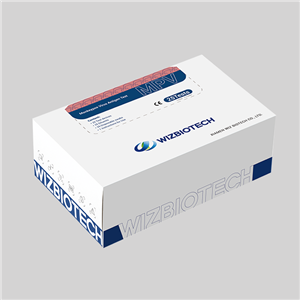Influencing factors of calvetin detection
Calprotenin is a calcium-binding protein of the S100 family, which is mainly derived from neutrophils, but is less present in monocytes and macrophages, accounting for about 60% of the cytoplasmic protein of neutrophils.Calprotenin is used to assist in the diagnosis of inflammatory bowel disease, management of patients with confirmed IBD, assessment of disease activity, markers of mucosal healing, predictors of disease recurrence, assistance in reducing or discontinuing therapy, and in the diagnosis of other organic bowel diseases, such as colorectal cancer. However, during the detection process, calprotectin may be affected by the following factors:
1. Sampling
There is high variability between samples taken at different times of the day, and there is currently no consensus on the best time to sample fecal calprotectin, but patients are advised to collect monitoring samples at approximately the same time of day each time.
2. Stability
An earlier study concluded that there was no significant difference in fecal calprotectin concentrations after 7 days of storage at room temperature, which led to calprotectin gaining a highly stable reputation. This was not supported by subsequent research, which showed it was stable for up to 3 days, but its concentration was reduced by 28% after 7 days at room temperature. Temperature may alter the affinity of calprotectin to divalent metal ions, thus affecting the change in conformation.
When measuring calprotectin, it is recommended to store a stool sample at room temperature for no more than 3 days, the sample cannot be processed within this time range, and should be stored at −20°C.
3. Protein extraction
Pre-treatment is required before calprotectin measurement to extract calprotectin into the buffer, the gold standard method is weighing, but commercial sampling tubes are now more commonly used to reduce time consuming.
4. Results Explain the influencing factors
The threshold for adults is generally 50μg/g. Possible causes of increased faecal calprotectin in the elderly include changes in the gastrointestinal mucosa, differences in cellular and humoral immunity, and low-grade inflammation due to age-related dysbiosis. The concentration in the feces of healthy infants is much higher than that of adults.
Fecal calprotectin is a marker of gastrointestinal inflammation, but not a specific marker of IBD. Increased concentrations of fecal calprotectin have also been noted in other diseases associated with gastrointestinal inflammation, such as gastrointestinal bleeding.
Taken together, fecal calprotectin plays an important role in aiding disease management and is gradually being recognized. However, at present, there is no standard reference threshold for calprotectin and a uniform reference standard for the optimal sampling time, which requires the cooperation of various research institutions and the medical community to further study and determine.
As a POCT enterprise that has been deeply engaged in the field of digestive tract for more than ten years, Wizbiotech has obtained relevant registration certificates for the calprotectin detection kit developed and developed, which has been widely used in hospitals, clinics and other medical institutions, and has achieved good market response. Many doctors and patients recognize the product quality and service level of Wizbiotech and choose to use the calprotectin test kit from Wizbiotech. If you need calprotectin products, please contact our sales!




